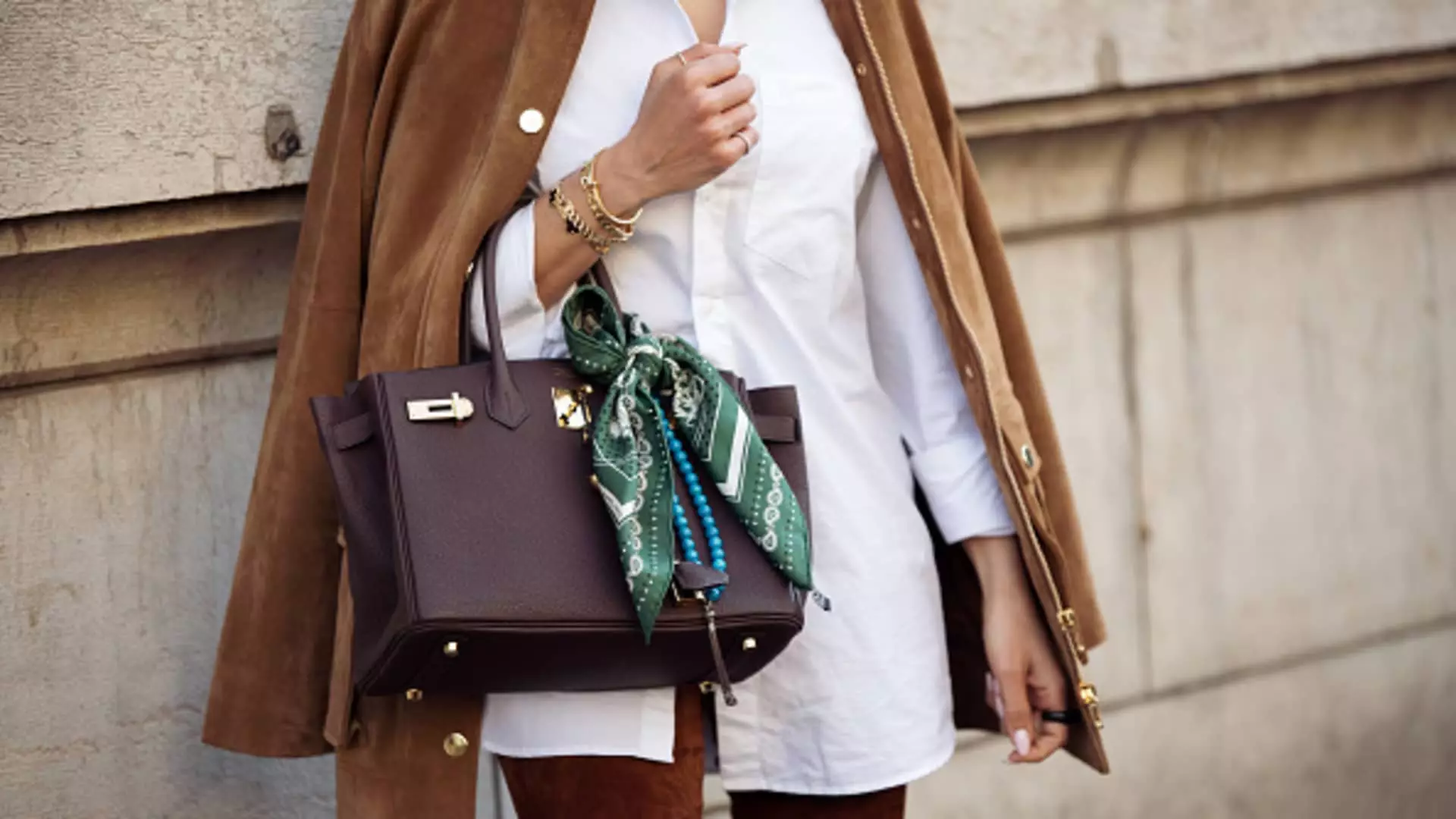In a daring maneuver befitting its luxury status, Hermès announced a price hike on its products in the U.S. slated to begin on May 1. This decision, grounded in the financial realities shaped by President Trump’s recently imposed tariffs, exemplifies not only the brand’s resilience but also its positioning within an increasingly volatile economic landscape. As the luxury sector experiences mounting pressures, Hermès ignores the temptation to absorb costs. Instead, it indicates a willingness to confront economic challenges head-on. This attitude reflects a broader trend where luxury brands leverage their affluent clientele, which they assume can bear higher prices without significant backlash.
An Economic Reality Check
The fact that the price spikes will be confined to the American market demonstrates Hermès’ sharp awareness of varied economic conditions. While tariffs pose challenges primarily in the U.S. market, the company aims to “fully offset” the impact of these trade policies. By taking a proactive stance rather than waiting for global negotiations to yield results, Hermès sends a clear message to both competitors and consumers: They will not compromise their brand integrity or profit margins in the face of economic adversity. This calculated approach is indicative of an astute business strategy that recognizes the unique dynamics of luxury consumption.
The Resilience of a Luxury Icon
Hermès’ financial performance continues to defy the broader market trends that indicate higher consumer caution due to economic instability. With an astonishing 11% sales growth in the Americas during the first quarter, Hermès consolidates its reputation as a resilient player in the luxury space. Their ability to maintain such growth amidst a backdrop of political and economic challenges speaks volumes about their brand allure. The iconic status of products like the Birkin and Kelly handbags, coupled with their rarity, allows the company to pass on increased costs to consumers who prioritize exclusive, high-quality items over simple transactions.
Strategies That Set Hermès Apart
Unlike its rival LVMH, which recently reported a decline in sales attributed to its more expansive and diversified offerings, Hermès enjoys a focused portfolio. The company’s ability to concentrate on a few exceptional products has fortified its brand, fostering customer loyalty that many other luxury brands currently lack. In an era where over-saturation is rampant, Hermès’ strategy of limiting product availability has proven effective. The elevation of status via scarcity allows it to maintain the narrative of luxury: it is not just a product; it is an experience, an aspiration.
Understanding Consumer Behavior
Yet, the upcoming price hike raises questions about consumer behavior in the luxury segment. Analysts have often echoed the sentiment that high-end consumers are relatively insulated from economic downturns; however, recent patterns suggest that even affluent buyers show a reluctance to engage in excessive spending. While Hermès may feel confident in its dedicated clientele, it is essential to consider that economic climate affects all social strata, and an overarching pullback in consumer spending may yet pose challenges. By raising prices during uncertain times, Hermès is placing significant faith in its consumers’ willingness to pay for the “luxury” experience, a calculation that could either pay off spectacularly or backfire spectacularly.
Future Implications of the Pricing Strategy
The decision to raise prices highlights not merely the immediate financial implications but also raises questions for the wider luxury market. Will other luxury brands follow suit, or will they risk alienating customers by attempting to absorb the costs of tariffs? Hermès has set the stage for an intriguing discourse within the industry about pricing, value, and consumer loyalty. While there is a significant risk in raising prices, there is also a profound opportunity for differentiation in service, quality, and exclusivity that only a brand as storied as Hermès could fully exploit. The outcome of this strategic move could provide crucial insights into consumer habits and preferences in a post-tariff world.
This price adjustment might just be the leading edge of a much larger trend in the luxury sector, where brands must carefully navigate the interplay between heritage, demand, and economic fluctuations.

